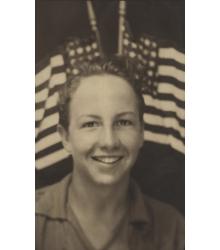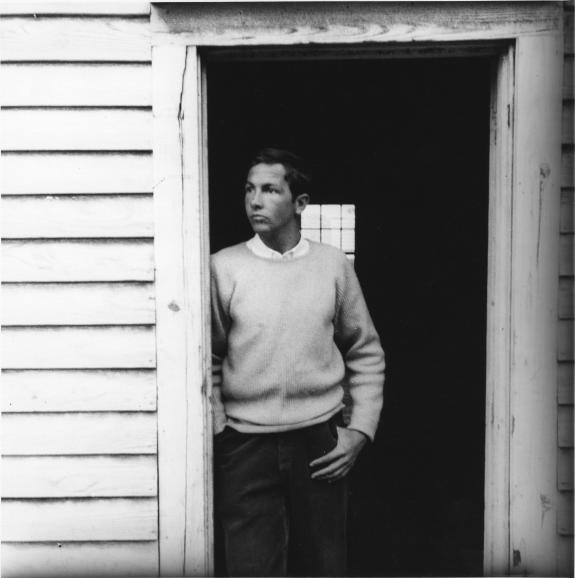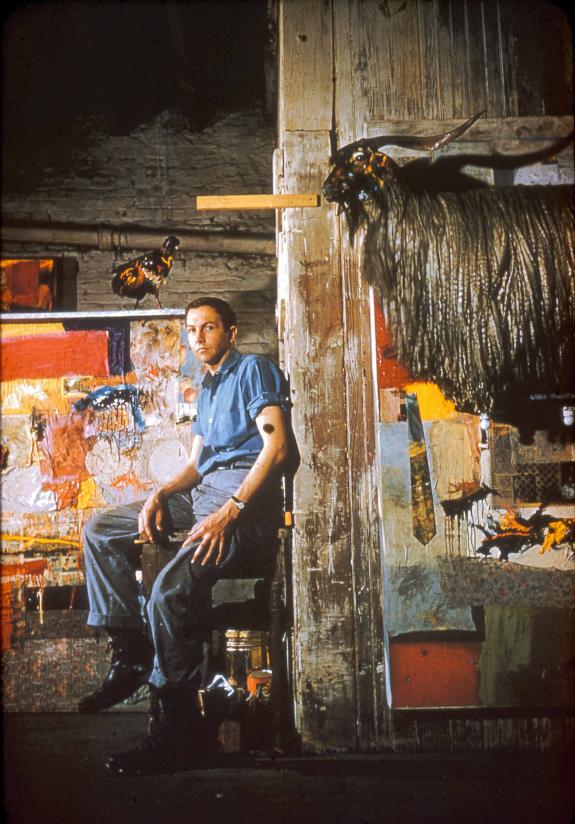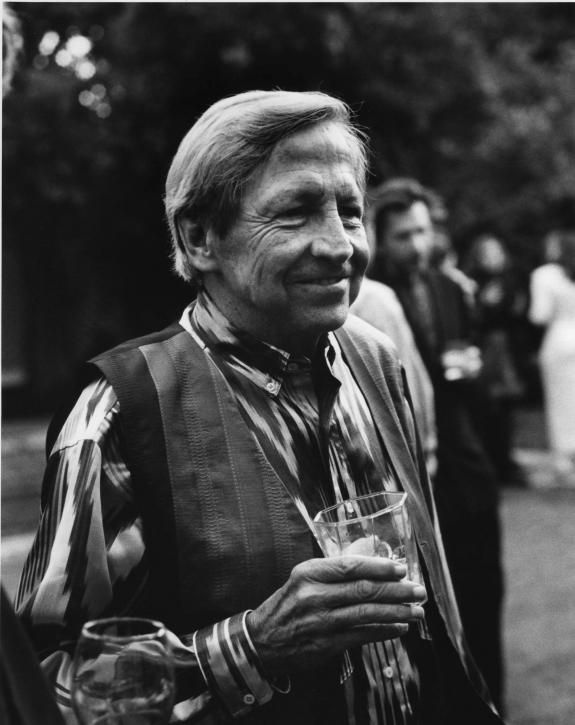
Robert Rauschenberg was born Milton Ernest Rauschenberg on October 22, 1925 in Port Arthur, Texas to a working-class family. Initially attending University of Texas, Austin for pharmacology and then serving as a medical technician in the Navy Hospital Corps during the second world war, Rauschenberg began his art training at the Kansas State University in 1947. He continued his training at Academie Julian, Paris and later at Black Mountain College, North Carolina where he met fellow artist Cy Twombly, composer John Cage and choreographer Merce Cunningham.


